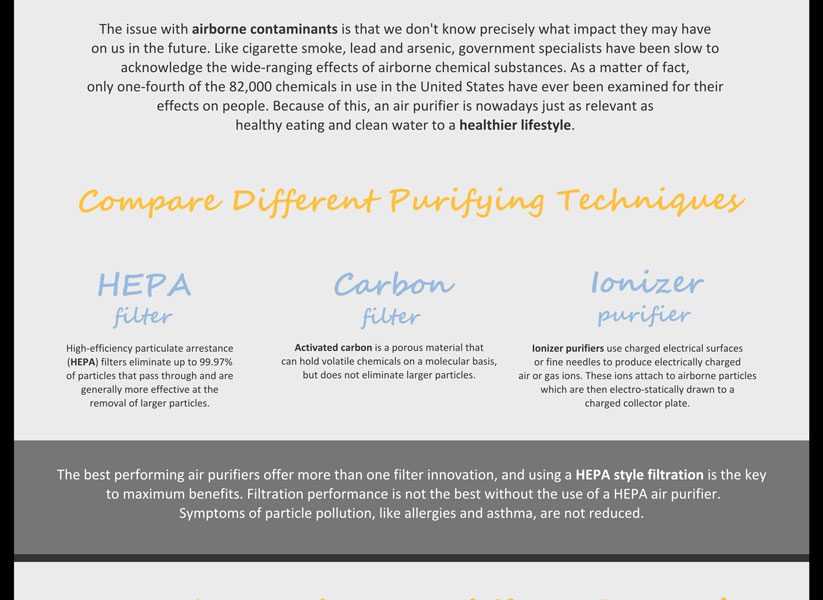The Connection Between Climate Issues And Heatpump Performance, In Addition To Solutions To Enhance Effectiveness
The Connection Between Climate Issues And Heatpump Performance, In Addition To Solutions To Enhance Effectiveness
Blog Article
Web Content By-Tuttle Munkholm
When it concerns your heatpump, weather plays a crucial function in its efficiency. From freezing temperature levels to sweltering heat, each element can influence just how successfully your system operates. Yet what can you do to battle these weather-related obstacles and ensure your heatpump is working at its best? Remain tuned to discover functional ideas and strategies to optimize your heat pump's efficiency, no matter the climate condition it deals with.
Weather Aspects Influencing Heat Pump Performance
Climate factors have a considerable effect on the effectiveness of heat pumps. One important element is temperature level. Heat pumps function by transferring warm from outdoors to inside throughout winter season and the other way around in summer season. As temperatures decrease, it becomes harder for the heatpump to extract warmth from the outside air, reducing its performance.
Another key element is moisture. High humidity degrees can make it extra challenging for the heatpump to release heat throughout the cooling process.
In addition, wind rate plays a role. Get More can dissipate the heat soaked up or released by the heatpump, influencing its total performance.
Tips for Optimizing Heat Pump Efficiency
To enhance the effectiveness and durability of your heatpump, carrying out a few crucial approaches can make a significant difference in its efficiency.
Firstly, make certain routine maintenance by cleansing or changing filters every 1-3 months to avoid airflow obstructions and take full advantage of air movement. In addition, schedule annual professional inspections to find and address any type of prospective issues beforehand.
Optimum thermostat setups additionally play a crucial function. During the wintertime, aim for a temperature level setting that's as low as comfortable, and during the summertime, established it as high as comfortable to reduce the work on your heatpump. Making use of a programmable thermostat can aid you immediately change setups based upon your routine.
Furthermore, securing leaks in ductwork and protecting ducts in unconditioned areas can prevent power loss and boost overall system effectiveness.
Lastly, consider mounting a wise thermostat that can discover your behaviors and adjust setups appropriately, further optimizing your heat pump's performance. By following these ideas, you can ensure your heatpump runs successfully and efficiently throughout the year.
Best Practices for Weatherproofing Your Heat Pump
For optimum performance and efficiency of your heat pump, carrying out weatherproofing measures is essential. Start by securing any type of voids or splits around doors, home windows, and ductwork to stop heat loss and keep a regular indoor temperature level.
Insulate exposed pipes and air ducts to avoid freezing during cold weather and ensure appropriate airflow. Take into consideration setting up a protective cover over the outdoor unit to secure it from harsh weather components like snow, ice, and debris.
Frequently clean the outdoor device to get rid of dust, leaves, and particles that can block air flow and lower efficiency. Furthermore, maintain the area around the heatpump clear of snow, ice, and vegetation to permit appropriate ventilation.
Conclusion
Now that you understand how climate affects your heat pump efficiency, you can take aggressive steps to optimize its performance. By adhering to the tips described in this short article, such as normal upkeep, thermostat modifications, and weatherproofing actions, you can guarantee that your heatpump runs at its ideal regardless of the climate condition. Keep successful and keep your home comfy all the time.
